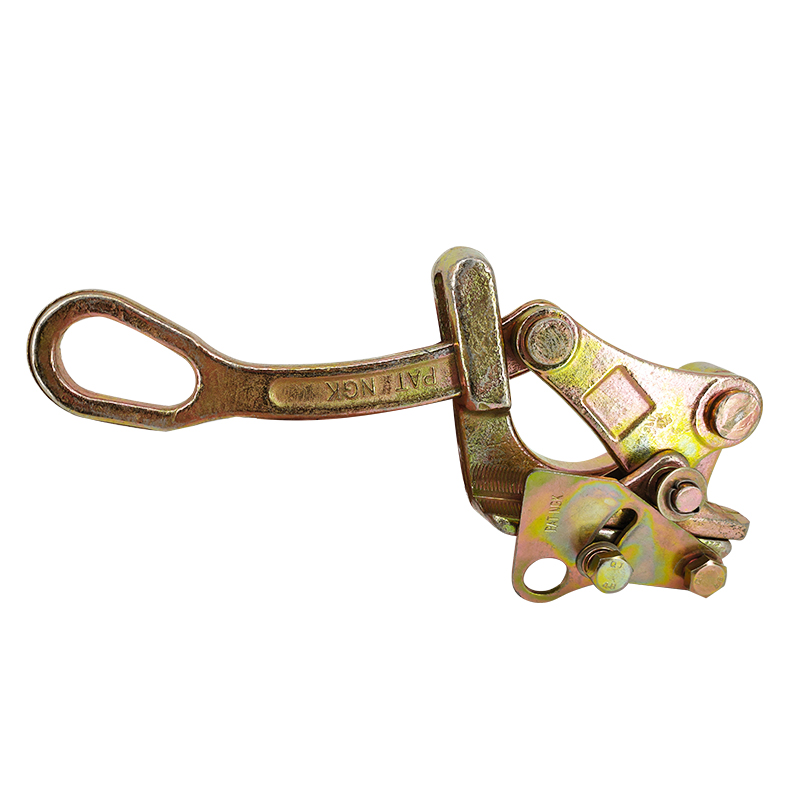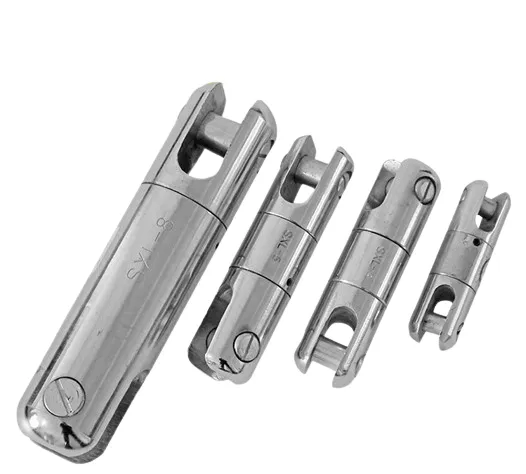
-
 Afrikaans
Afrikaans -
 Albanian
Albanian -
 Amharic
Amharic -
 Arabic
Arabic -
 Armenian
Armenian -
 Azerbaijani
Azerbaijani -
 Basque
Basque -
 Belarusian
Belarusian -
 Bengali
Bengali -
 Bosnian
Bosnian -
 Bulgarian
Bulgarian -
 Catalan
Catalan -
 Cebuano
Cebuano -
 Corsican
Corsican -
 Croatian
Croatian -
 Czech
Czech -
 Danish
Danish -
 Dutch
Dutch -
 English
English -
 Esperanto
Esperanto -
 Estonian
Estonian -
 Finnish
Finnish -
 French
French -
 Frisian
Frisian -
 Galician
Galician -
 Georgian
Georgian -
 German
German -
 Greek
Greek -
 Gujarati
Gujarati -
 Haitian Creole
Haitian Creole -
 hausa
hausa -
 hawaiian
hawaiian -
 Hebrew
Hebrew -
 Hindi
Hindi -
 Miao
Miao -
 Hungarian
Hungarian -
 Icelandic
Icelandic -
 igbo
igbo -
 Indonesian
Indonesian -
 irish
irish -
 Italian
Italian -
 Japanese
Japanese -
 Javanese
Javanese -
 Kannada
Kannada -
 kazakh
kazakh -
 Khmer
Khmer -
 Rwandese
Rwandese -
 Korean
Korean -
 Kurdish
Kurdish -
 Kyrgyz
Kyrgyz -
 Lao
Lao -
 Latin
Latin -
 Latvian
Latvian -
 Lithuanian
Lithuanian -
 Luxembourgish
Luxembourgish -
 Macedonian
Macedonian -
 Malgashi
Malgashi -
 Malay
Malay -
 Malayalam
Malayalam -
 Maltese
Maltese -
 Maori
Maori -
 Marathi
Marathi -
 Mongolian
Mongolian -
 Myanmar
Myanmar -
 Nepali
Nepali -
 Norwegian
Norwegian -
 Norwegian
Norwegian -
 Occitan
Occitan -
 Pashto
Pashto -
 Persian
Persian -
 Polish
Polish -
 Portuguese
Portuguese -
 Punjabi
Punjabi -
 Romanian
Romanian -
 Russian
Russian -
 Samoan
Samoan -
 Scottish Gaelic
Scottish Gaelic -
 Serbian
Serbian -
 Sesotho
Sesotho -
 Shona
Shona -
 Sindhi
Sindhi -
 Sinhala
Sinhala -
 Slovak
Slovak -
 Slovenian
Slovenian -
 Somali
Somali -
 Spanish
Spanish -
 Sundanese
Sundanese -
 Swahili
Swahili -
 Swedish
Swedish -
 Tagalog
Tagalog -
 Tajik
Tajik -
 Tamil
Tamil -
 Tatar
Tatar -
 Telugu
Telugu -
 Thai
Thai -
 Turkish
Turkish -
 Turkmen
Turkmen -
 Ukrainian
Ukrainian -
 Urdu
Urdu -
 Uighur
Uighur -
 Uzbek
Uzbek -
 Vietnamese
Vietnamese -
 Welsh
Welsh -
 Bantu
Bantu -
 Yiddish
Yiddish -
 Yoruba
Yoruba -
 Zulu
Zulu


TEL:
0086-311-88862036
Feb . 02, 2025 05:29 Back to list
Cable Clamp
In the intricate realm of electrical installations and network setups, securing cables is paramount, both for safety and functionality. The often-overlooked cable stocking grip plays an instrumental role in this regard. This article sheds light on this indispensable tool, digging deep into its applications, benefits, and the expertise required to leverage it optimally.
The authority that cable stocking grips hold in effective cable management also stems from being a critical component in solutions designed to prevent accidents. Cables are prone to shift or sag over time, presenting trip hazards or potentially damaging surrounding equipment. Implementing stocking grips minimizes these risks by securing cables firmly, thus endorsing a culture of safety within the installation arena. From a reliability standpoint, cable stocking grips are testament to durability and trustworthiness in cable management solutions. Leading manufacturers often subject these grips to rigourous testing under extreme conditions to ensure compliance with industry standards. This rigorous quality assurance process provides confidence to engineers and technicians who rely on these products in critical infrastructure projects. To sum up, cable stocking grips are not merely aids in cable management; they represent a fusion of engineering, safety, and material science expertise. Successfully integrating them into a project requires a deep understanding of the environmental and operational parameters at play. Their implementation can significantly enhance the lifespan and performance of cable installations, making them indispensable across numerous sectors. As industries evolve and the complexity of cable installations increase with technological advancements, the role of cable stocking grips continues to gain prominence. Where precision, safety, and reliability are non-negotiables, these grips stand unrivaled. Investing time in understanding their capabilities and selecting the right type for the task at hand can yield substantial dividends in long-term operational success.


The authority that cable stocking grips hold in effective cable management also stems from being a critical component in solutions designed to prevent accidents. Cables are prone to shift or sag over time, presenting trip hazards or potentially damaging surrounding equipment. Implementing stocking grips minimizes these risks by securing cables firmly, thus endorsing a culture of safety within the installation arena. From a reliability standpoint, cable stocking grips are testament to durability and trustworthiness in cable management solutions. Leading manufacturers often subject these grips to rigourous testing under extreme conditions to ensure compliance with industry standards. This rigorous quality assurance process provides confidence to engineers and technicians who rely on these products in critical infrastructure projects. To sum up, cable stocking grips are not merely aids in cable management; they represent a fusion of engineering, safety, and material science expertise. Successfully integrating them into a project requires a deep understanding of the environmental and operational parameters at play. Their implementation can significantly enhance the lifespan and performance of cable installations, making them indispensable across numerous sectors. As industries evolve and the complexity of cable installations increase with technological advancements, the role of cable stocking grips continues to gain prominence. Where precision, safety, and reliability are non-negotiables, these grips stand unrivaled. Investing time in understanding their capabilities and selecting the right type for the task at hand can yield substantial dividends in long-term operational success.
Next:
Latest news
What Are Construction Tools and How Are They Used?
NewsJul.11,2025
Professional-Grade Duct Rodding Tools for Superior Cable Installation
NewsJul.11,2025
Enhancing Safety and Efficiency with Modern Hot Stick Solutions
NewsJul.11,2025
Empowering Cable Installation with Advanced Rodder Solutions
NewsJul.11,2025
Elevate Your Cable Installation Projects with Cable Pulling Tools
NewsJul.11,2025
Efficient Cable Handling Solutions: Cable Rollers for Sale
NewsJul.11,2025
Copyright © 2025 Shijiazhuang Bilo Import and Export Trading Co., Ltd. All Rights Reserved. Sitemap | Privacy Policy

BlLo lmport & Éxport is specialized in power and cable equipment andconsiruction tools,Qur main producis are FRP
duct rodder, cable rollerscable pulling winch, cable drum jack, cable pulling sock, etc.
Copyright © 2025 Shijiazhuang Bilo Import and Export Trading Co., Ltd. All Rights Reserved. Sitemap | Privacy Policy










